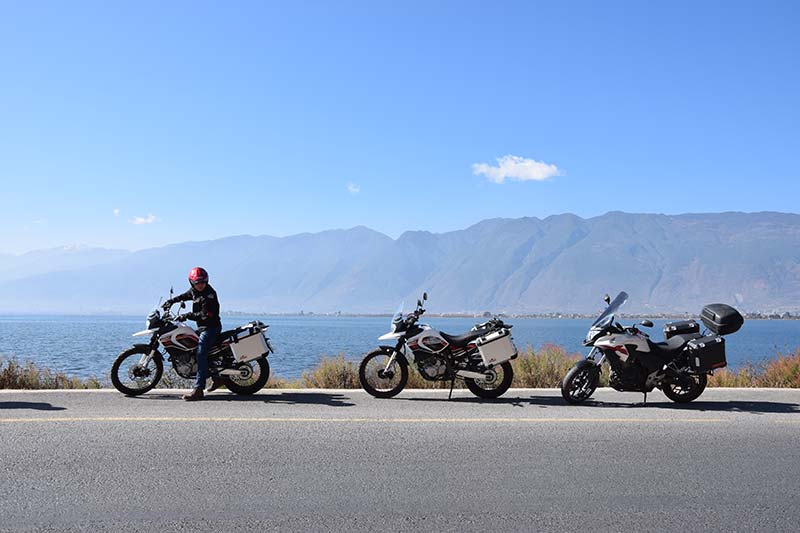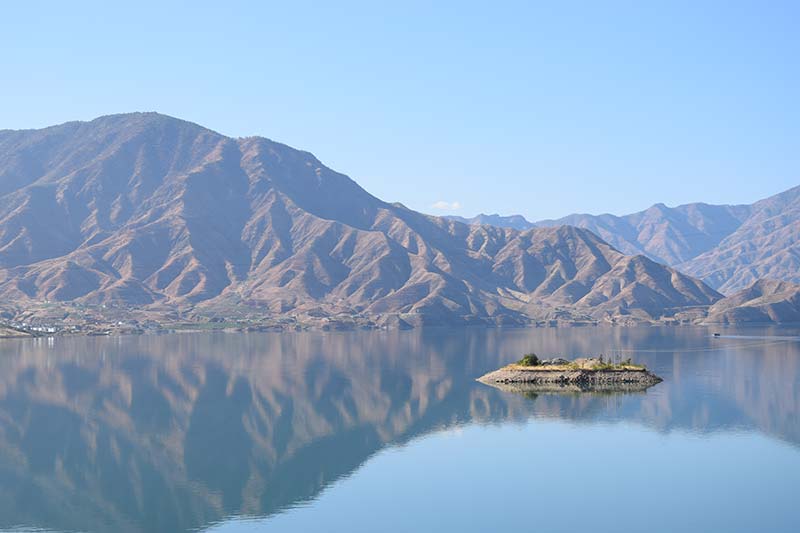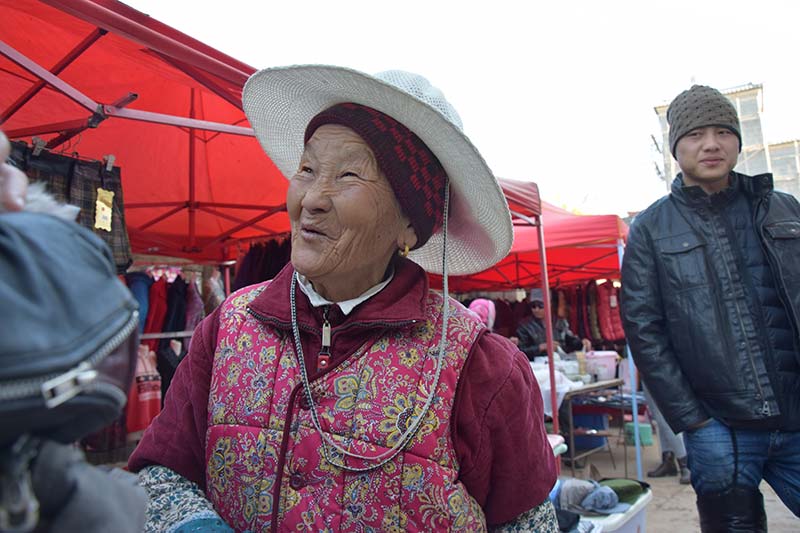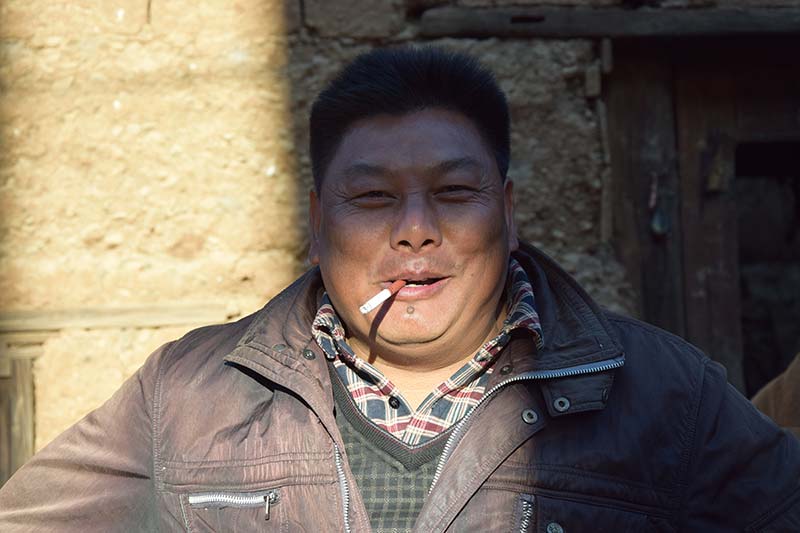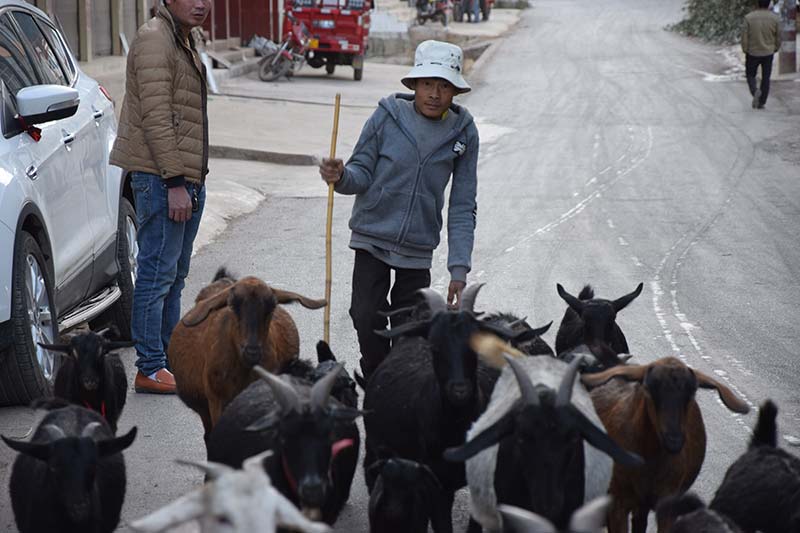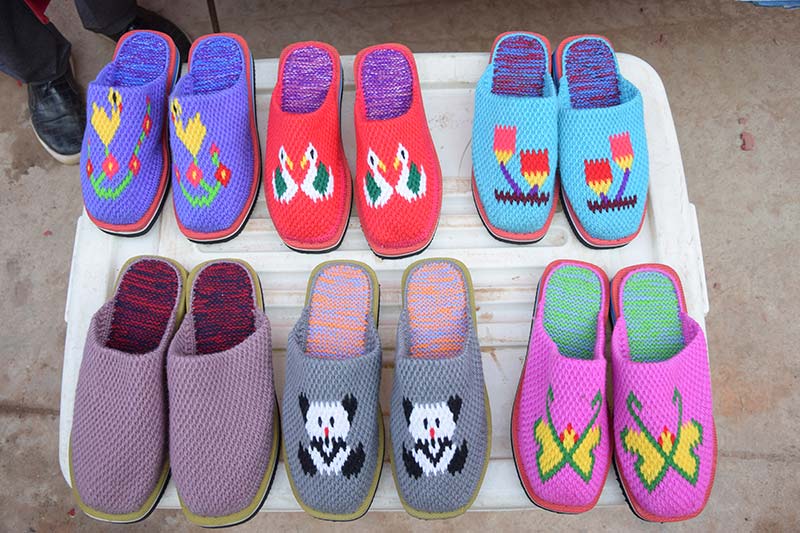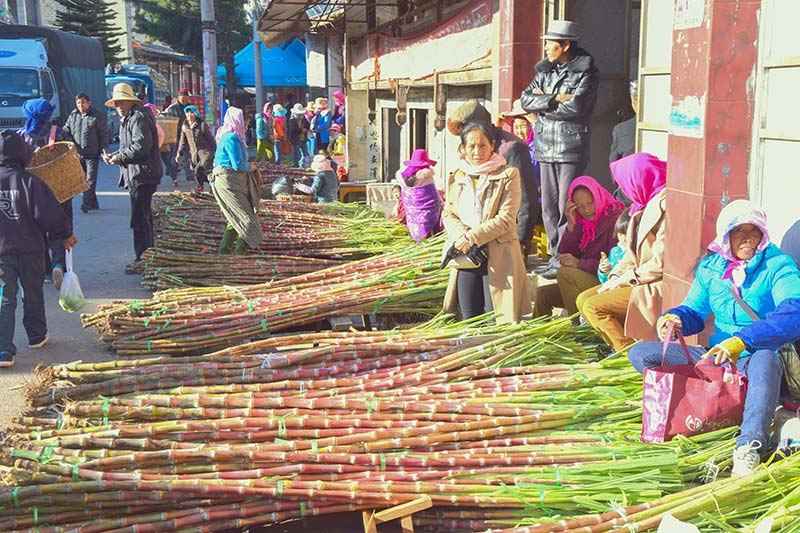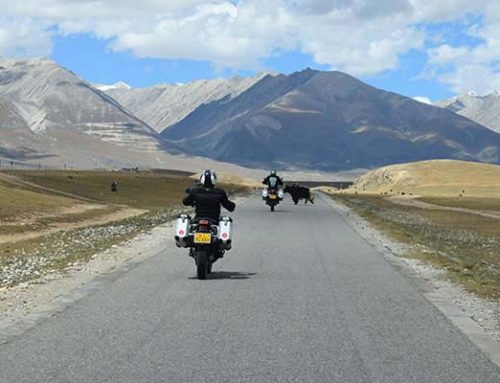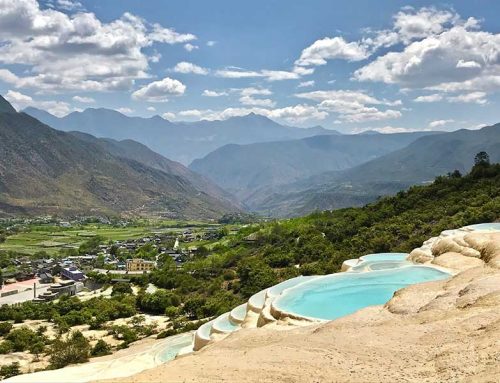Ride to Chenghai Lake and the Yangtze River
The off-season (or what remains of it, if you are a self-employed adventure tour operator) has always been for new discoveries.
Often, they are close by. How many places have you always wanted to visit that are only a couple of hours away – or even closer? But since they are so close by, you can visit them anytime, right?
There has always been this blue spot on the physical and very detailed map in our office (call us old fashioned – we use “real maps”) – Chenghai lake – just south-east of Lijiang. The Yangtze river makes its way south near the lake.
No (official and approved) scenic spots, overrated vistas, no recommendations in travel guide books – just waiting there for exploration. Surrounded only by tiny villages (and is this spot on the map a mountain peak or just a drop of coffee?).
Perfect for a two days Tibetmoto Motorbike Explorer Trip!
Chenghai Lake is approximately half the size of the Erhai Lake in Dali. From Dali old town it is about 155 kilometers to the lake. After getting our Shineray X5 bikes out of the garage, we first headed south into Xiaguan (or as they call it now: Dali City). From there we turned back toward the north in the direction of Binchuan. It’s hot in Yunnan even in January, so be prepared for some intense heat if you are riding in the sunshine. After some serious traffic in Xiaguan, the road to Binchuan was almost empty. There were not even any villages along the way. The strangest things we saw were three vehicles we met: a Porsche Cayenne, an Audi Q6 and a Ferrari of some sort. What happened to all the crappy minivans everyone used to drive?
Leaving the more and more “civilized” Dali City behind us, we reached the shores of the Yangtze River and crossed a bridge near the village of Taoyuanxiang 涛源乡 on the country road S220. Due to dam project(s) on the upper Yangtze, the river looked more like a peaceful, elongated turquoise snake than a fierce, dangerous river.
Locals at a shop where we bought drinks assured us that the dam has the effect of keeping the river’s colour turquoise for most of the year. There are three roads along the banks of the Chengai Lake. Two of them run along the east-side, one of them, a little further away from the shore and up in the mountains, is the S220 (becoming the S308 to Lijiang). Two minor roads, all paved, run along the lake on both sides and encircle it. Near the southern tip of the lake is wide open farmland, at the northern tip is the only village of any size, called Lijiacun 李家村. The sides of the lake are mountainous and covered by coniferous woods, mainly pine trees.
The lake and the surrounding countryside seemed untouched and were extraordinarily beautiful. There are tourist accommodations on the east side of the lake. Several villages (one village was no larger than a few scattered houses) have run-down hotels which either have their best times behind them or never really got started (we believe the latter). We decided to ride to the main settlement north of the lake and found a hotel with both internet and hot water (both advertised, both nonexistent) for only CNY 60. I can´t remember when I last stayed in a hotel for 60 (roughly US$ 10). It must have been years ago. The hotel was frequented by chattering locals from even farther out in the countryside, obviously coming to the “big town” to do business of some sort.
Local specialties are donkey hotpot and fish from the lake. The three local restaurants kept their fish in large pools in their backyards. Since we were traveling with two Tibetans and Tibetans don´t eat donkey because the animal is a helper of the family, we had the fish, which was excellent. We visited the kitchen and discovered the chef was still using firewood to heat the large wok.
The next morning we got really lucky. We discovered the local market which takes place every five days. We thought at first that it was a market for the coming New Year holidays since it was incredibly busy. Many locals sold homemade, stinky tofu, Chinese medicine or hemp seeds. Others were traveling vendors who sold plastic ware or knives. We found a villager who sold hand-knitted house shoes which he said a woman of his family had needed two days to make. In times of inexpensive Taobao items (Chinese ebay) it gets more and more difficult to find beautiful handmade things. We bought a pair, not only to support the locals, but also because we found them beautiful. One day, handcrafted things may be gone entirely.
Some locals asked us proudly to take pictures of them when they saw my Nikon DSLR, which I happily did.
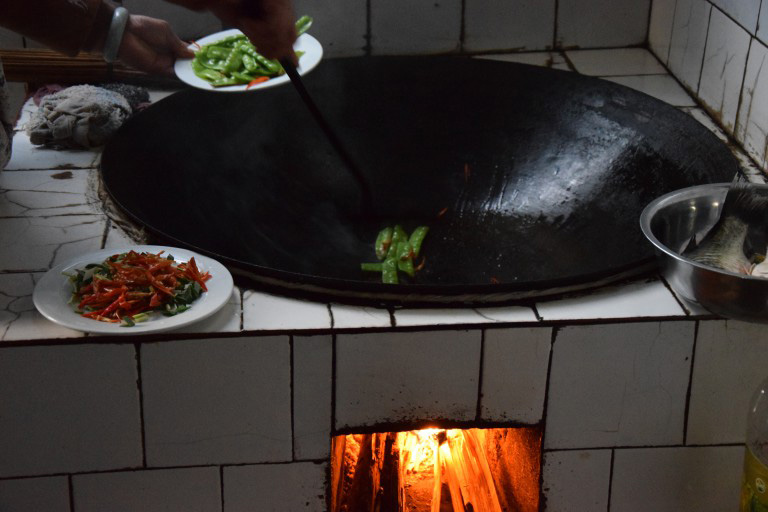
We chose a different road back to Dali along the shores of the Yangtze River.
Chenghai Lake, the surrounding countryside and the reaches of the Yangtze river in that region are a beautiful jewel of Yunnan´s landscape and its friendly people, unspoiled by tourism.
Go, ride there!

